Pilea Lindl.
clearweed
Urticaceae
Aciotis, Fittonia, Hemigraphis
tropical and subtropical regions worldwide, except Australia and New Zealand
Several species and numerous varieties are cultivated.
Pilea cadierei Gagnep. & Guillaumin is the most commonly encountered.
introduced into Australia
may be weedy
helophytic, often succulent herbs, subshrubs, or rarely shrubs
Small to medium. Stems erect or ascending, simple or branched; stipules between the stem and petiolepetiole:
(n) the stalk of a leaf
 . Leaves oppositeopposite:
. Leaves oppositeopposite:
(adj) (of leaves) two leaves per node; in pairs on opposite sides of an axis
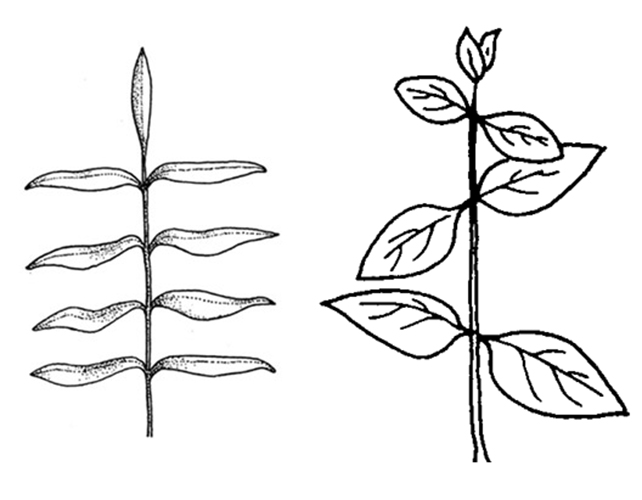 , decussatedecussate:
, decussatedecussate:
(adj) arranged along stem in pairs, with each pair at right angles to the pairs above and below
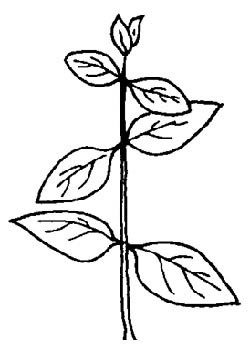 , pairs equal or unequal; petiolatepetiolate:
, pairs equal or unequal; petiolatepetiolate:
(adj) relating to or in the form of a petiole; bearing petioles
; leaf bladeblade:
(n) (syn. lamina) the flat, expanded part of a leaf, frond, or petal (excluding, e.g., the petiole)
 typically ellipticalelliptical:
typically ellipticalelliptical:
(adj) in the form of an ellipse (oval)
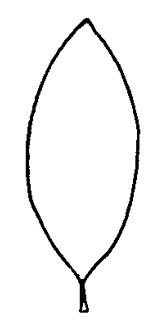 , oblongoblong:
, oblongoblong:
(adj) two to four times longer than wide, with +/- parallel sides
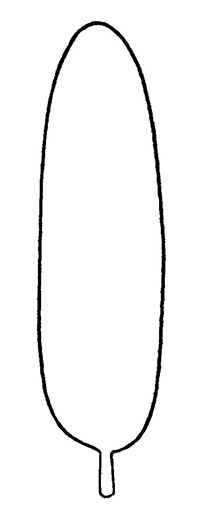 or ovateovate:
or ovateovate:
(adj) egg-shaped in outline; generally with the broad end at or near the base
 , sometimes bullatebullate:
, sometimes bullatebullate:
(adj) having a pimpled or blistered surface
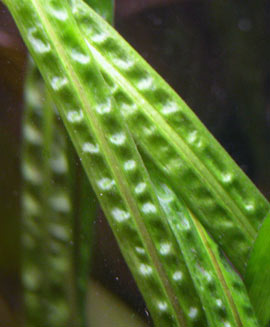 ; apexapex:
; apexapex:
(n) the point farthest from the point of attachment; the tip (often pointed)
round to acuteacute:
(adj) tapering to a sharp, pointed apex with more or less straight sides; broader than acuminate; forming an angle of less than 90 degrees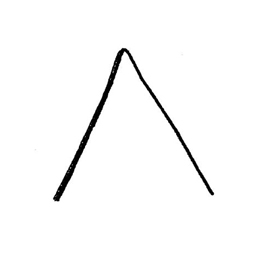 ; marginmargin:
; marginmargin:
(n) edge; rim
entire or dentatedentate:
(adj) (of a leaf margin) (1) toothed; (2) bearing shallow teeth projecting outward from midrib
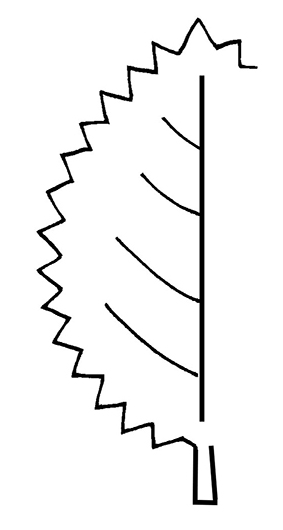 ; 3-veined, or pinnatepinnate:
; 3-veined, or pinnatepinnate:
(adj) in the form of a feather; of, e.g., leaflets, lobes, or veins: arranged in two rows along an axis
; cystoliths linear, conspicuous. Inflorescenceinflorescence:
(n) the arrangement of flowers on the floral axis
 an axillaryaxillary:
an axillaryaxillary:
(adj) in, of, or produced from an axil
cymecyme:
(n) a determinate, usually flat-topped or convex inflorescence in which the terminal flower blooms earliest
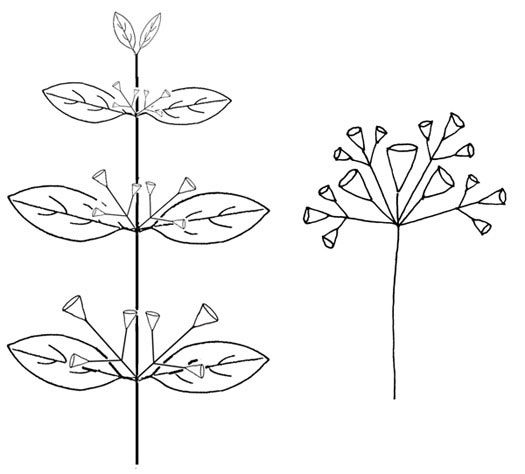 or paniclepanicle:
or paniclepanicle:
(n) an indeterminate, branched (often much-branched) inflorescence; the ultimate units may be of a different inflorescence type
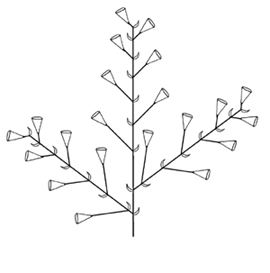 ; bracts small; flowers sessilesessile:
; bracts small; flowers sessilesessile:
(adj) attached directly, without a stalk
 . Male flower tepals typically 4, often bearing a small horn near apexapex:
. Male flower tepals typically 4, often bearing a small horn near apexapex:
(n) the point farthest from the point of attachment; the tip (often pointed)
; stamens 4. Female flower tepals typically 3, equal or sometimes 1 enlarged and hoodlike; staminodes 3, scalescale:
(n) any thin, usually small and dry, membranous to leathery bract
-like, oppositeopposite:
(adj) (of leaves) two leaves per node; in pairs on opposite sides of an axis
 tepals; stigmastigma:
tepals; stigmastigma:
(n) the portion of the pistil that is receptive to pollen
sessile, with small tufts of hair.
humid, moist to wet, shaded areas; commonly found among rocks on margins of bodies of water (streams, brooks, rivers, etc)
A large genus with over 250 helophytic species, none of which are true aquatics. Several species are cultivated as house plants, or for terraria or ripariumsriparium:
(n) a type of aquarium that simulates wet habitats found along the edges of lakes, rivers, ponds and streams
 ; Pilea cadierei is the most common species used in ponds and aquariums.
; Pilea cadierei is the most common species used in ponds and aquariums.